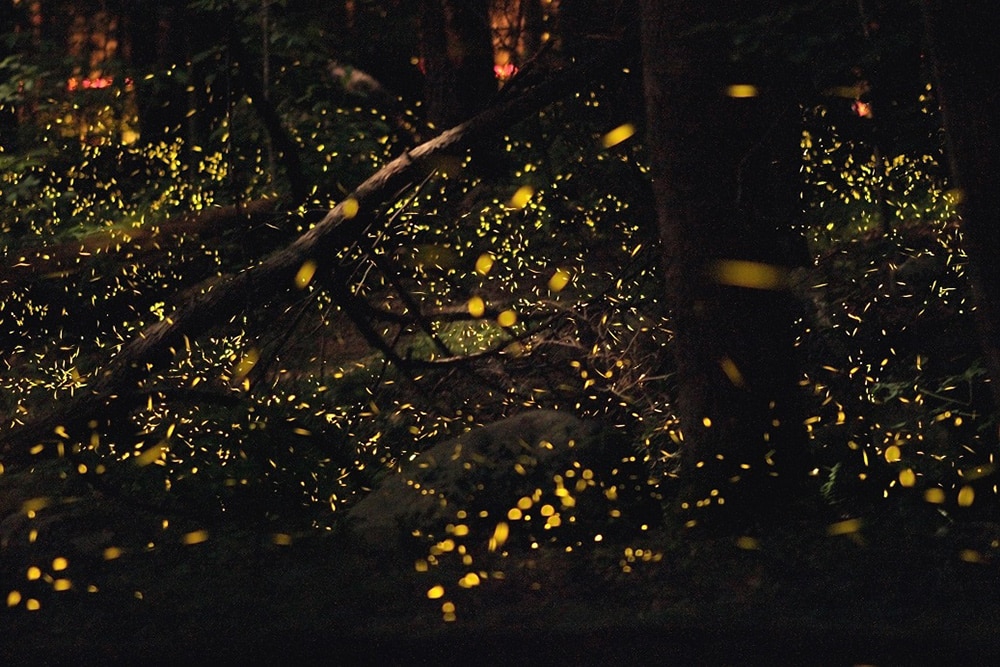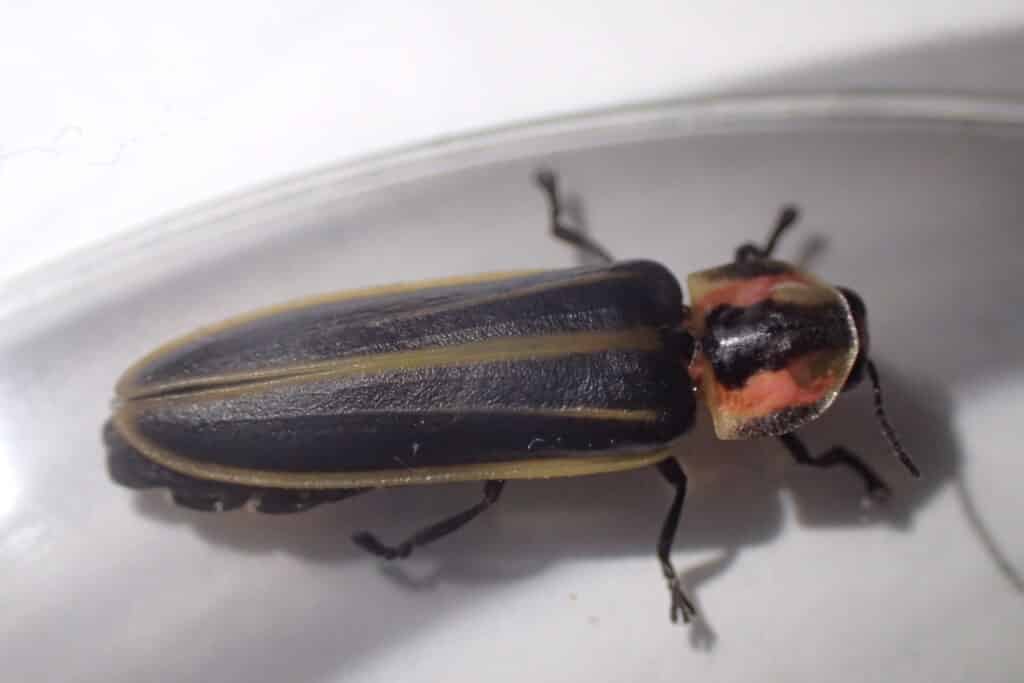Fireflies are found all over the world in temperate and tropical areas, on every continent except Antarctica. More than 2,200 species have been described, with more being discovered each year. In the United States and Canada, over 170 species have been documented from every state and province except Hawaii and Nunavut.
Despite their widespread distribution and seemingly universal appreciation, firefly populations around the globe appear to be in decline. Anecdotal reports describe fewer individuals being seen each year, and while long-term monitoring studies are scarce, some of the data we have are concerning. For example, based on assessments published on the International Union for Conservation of Nature’s (IUCN) Red List of Threatened Species, researchers found that 14% of assessed species were categorized as threatened with extinction. However, this number may be much higher since nearly half of the assessed species are data deficient. If these data deficient species follow the same patterns as species with sufficient data, as many as one in three North American fireflies may be at risk of extinction. There is clearly an urgent need to study firefly populations more closely to fully understand their plight and ensure conservation efforts are effective.
LINK: Researchers




Fireflies face numerous threats, from habitat degradation and loss to light pollution and pesticide use. Climate change—in particular, drought and sea level rise—is also playing a role in firefly declines. These threats affect firefly species in different ways, depending on each species’ life history traits and specific habitat requirements.
LINK: Threats
Regardless of the specific reasons for their decline, researchers agree that protecting, restoring, and enhancing firefly habitat is one of the best ways to conserve their populations. In addition, collecting baseline data on firefly populations and distributions will contribute to a better understanding of their conservation status. With so many data deficient and threatened species, this is where your participation in the Firefly Atlas can really help: we need to know more about where they occur, what habitats they are associated with, what times of year they are active, and what threats might be impacting their populations. This information can inform conservation and management strategies to ensure our rich firefly fauna and the habitats they rely on are protected long into the future.
To read more about the state of our fireflies, check out the Xerces Society’s report, State of the Fireflies of the US and Canada. You can learn more about fireflies and related conservation efforts beyond the Firefly Atlas, from the Xerces Society.
LINK: State of the Fireflies of the US and Canada
LINK: Xerces Society
Notice: Below is a list of 4 important links included on this page.
1. Researchers
2. Threats
3. State of the Fireflies of the US and Canada
Please note that while screen readers have made significant strides, they may still lack full support for optimal web accessibility.
Fireflies are found all over the world in temperate and tropical areas, on every continent except Antarctica. More than 2,200 species have been described, with more being discovered each year. In the United States and Canada, over 170 species have been documented from every state and province except Hawaii and Nunavut.
Despite their widespread distribution and seemingly universal appreciation, firefly populations around the globe appear to be in decline. Anecdotal reports describe fewer individuals being seen each year, and while long-term monitoring studies are scarce, some of the data we have are concerning. For example, based on assessments published on the International Union for Conservation of Nature’s (IUCN) Red List of Threatened Species, researchers found that 14% of assessed species were categorized as threatened with extinction. However, this number may be much higher since nearly half of the assessed species are data deficient. If these data deficient species follow the same patterns as species with sufficient data, as many as one in three North American fireflies may be at risk of extinction. There is clearly an urgent need to study firefly populations more closely to fully understand their plight and ensure conservation efforts are effective.


Fireflies face numerous threats, from habitat degradation and loss to light pollution and pesticide use. Climate change—in particular, drought and sea level rise—is also playing a role in firefly declines. These threats affect firefly species in different ways, depending on each species’ life history traits and specific habitat requirements.
Regardless of the specific reasons for their decline, researchers agree that protecting, restoring, and enhancing firefly habitat is one of the best ways to conserve their populations. In addition, collecting baseline data on firefly populations and distributions will contribute to a better understanding of their conservation status. With so many data deficient and threatened species, this is where your participation in the Firefly Atlas can really help: we need to know more about where they occur, what habitats they are associated with, what times of year they are active, and what threats might be impacting their populations. This information can inform conservation and management strategies to ensure our rich firefly fauna and the habitats they rely on are protected long into the future.
To read more about the state of our fireflies, check out the Xerces Society’s report, State of the Fireflies of the US and Canada. You can learn more about fireflies and related conservation efforts beyond the Firefly Atlas, from the Xerces Society.



